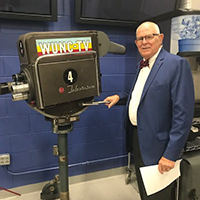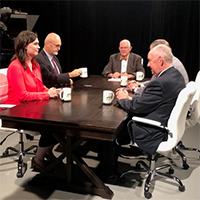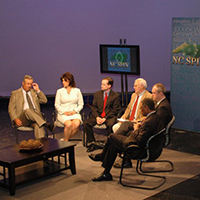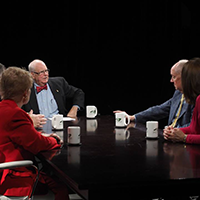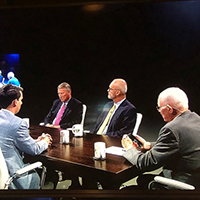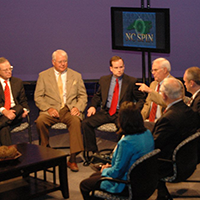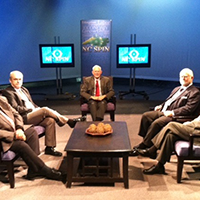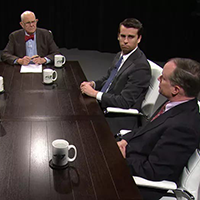
My wife was chatting with a man as we waited for a table at a beachside restaurant.
Suddenly she grabbed me, “You need to talk to him. He was a copy editor at The New York Times.”
My first full-time job at The News & Observer was as a copy editor, so Andy and I talked shop for the next 30 minutes.
We decried the dearth of copy editors today and the consequences: stories that are too long, leave out vital information or leave readers confused; ledes that bury the lede, headlines that miss the mark and all the wording, factual and grammatical errors that we were fanatical about fixing.
Copy editors were the last line of defense against errors and omissions. They gave stories one last read before they went to the composing room to be set into lead type. Copy editors laid out pages, cut stories to fit and wrote headlines and photo captions.
At the Times, Andy said, “every story that ran was seen by five editors.”
If you were a reporter, of course, editors were the enemy. They butchered and nitpicked your priceless prose.
Except when they saved you from embarrassing yourself – and made the story shorter, sharper and better.
“The mark of a good editor is cutting a story so skillfully the reporter doesn’t know what you cut,” Andy said.
He talked about the importance the Times put on obituaries; those for well-known people were written far in advance.
He was proud of the Page One obituary he edited in 2022 of Madeleine K. Albright, the first woman to serve as secretary of state.
On the Times obituary page, he said, only one obit a day would “get the verb” – the word “died” was in the headline. Others had the name, a few identifying words and maybe the age – no “died.”
Every night, the question was, “who gets the verb?”
Andy was at the Times for nine years, mostly on the business/finance desk, before retiring to the Outer Banks. He also worked at copydesks at The Virginian-Pilot and The Philadelphia Inquirer – all great newspapers.
I worked on the N&O copydesk four years – three years part-time while in college and one year full-time. It was a working journalism degree.
Rule One, I learned: When a story requires a reporter to do math, even simple addition, assume they got it wrong. Because they probably did. There’s a reason they weren’t math majors.
Today I still drive friends and clients crazy with copy edits.
I invited Andy to check out our website.
He’ll probably edit this blog.
Photo: copydesk at the Times, 2007
